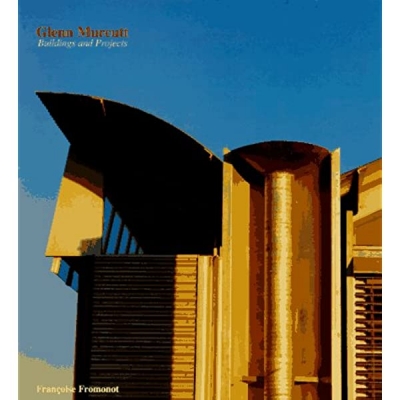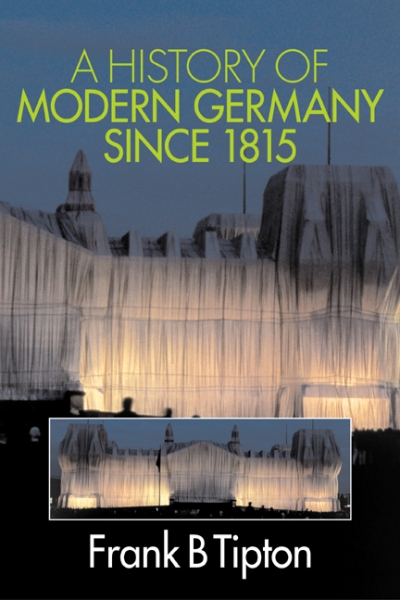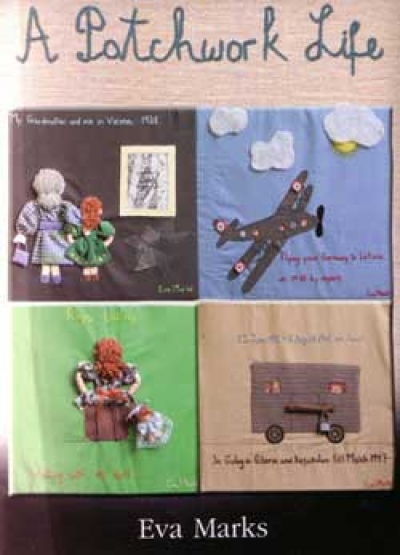Accessibility Tools
- Content scaling 100%
- Font size 100%
- Line height 100%
- Letter spacing 100%
Archive
The ABR Podcast
Released every Thursday, the ABR podcast features our finest reviews, poetry, fiction, interviews, and commentary.
Subscribe via iTunes, Stitcher, Google, or Spotify, or search for ‘The ABR Podcast’ on your favourite podcast app.
‘Where is Nancy?’ Paradoxes in the pursuit of freedom
by Marilyn Lake
This week on The ABR Podcast, Marilyn Lake reviews The Art of Power: My story as America’s first woman Speaker of the House by Nancy Pelosi. The Art of Power, explains Lake, tells how Pelosi, ‘a mother of five and a housewife from California’, became the first woman Speaker of the United States House of Representatives. Marilyn Lake is a Professorial Fellow at the University of Melbourne. Listen to Marilyn Lake’s ‘Where is Nancy?’ Paradoxes in the pursuit of freedom’, published in the November issue of ABR.
Recent episodes:
History of Modern Design has developed from a course of the same name at Drexel University in Philadelphia. In keeping with its didactic origin, the subject is presented in chronological order, illustrated with more than 500 images, 125 of which are reproduced in colour. The book is ambitiously broad in its coverage, commencing with the seventeenth century and ending in the twenty-first, focusing on design from Europe and North America, and ranging through furniture, interiors, metalwork, ceramics, graphic design, typography, and product design. A good two-thirds of the book is devoted to the twentieth century, which is presented in context from the preceding historical surveys. While the focus is on design for mass production and industrial processes, the crafts are not entirely neglected. An extensive bibliography on design, coupled with helpful reading lists, will prove popular in this useful introduction to the complex and wide-ranging subject of design. (CM)
... (read more)Glenn Murcutt: Buildings + projects 1962-2003 by Françoise Fromonot, translated by Charlotte Ellis
Fiona the Pig by Leigh Hobbs & Too Many Pears! by Jackie French, illus. Bruce Whatley
The Boy in the Boat by Brian O'Raleigh & A Story Dreamt Long Ago by Phyllis McDuff
A Patchwork Life by Eva Marks & Point of Departure by Pamela Hardy
The Mildura Writers’ Festival is always one of the most congenial and stimulating events on our literary calendar. Clive James, our lead reviewer this month, has just agreed to attend this year’s festival and to deliver the 2003 La Trobe University/ABR Annual Lecture. The lecture will take place at 8 p.m. on Friday, 25 July, and the festival will follow that weekend (July 26–27). Clive James (pictured below) will also deliver the lecture in Melbourne soon after the Mildura Writers’ Festival. Full details of both events will follow in the June/July issue. ABR subscribers will be entitled to attend this major lecture gratis.
... (read more)








